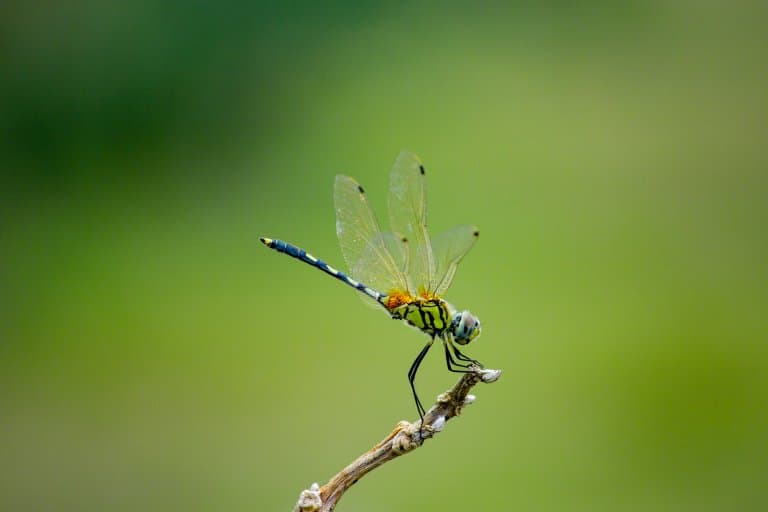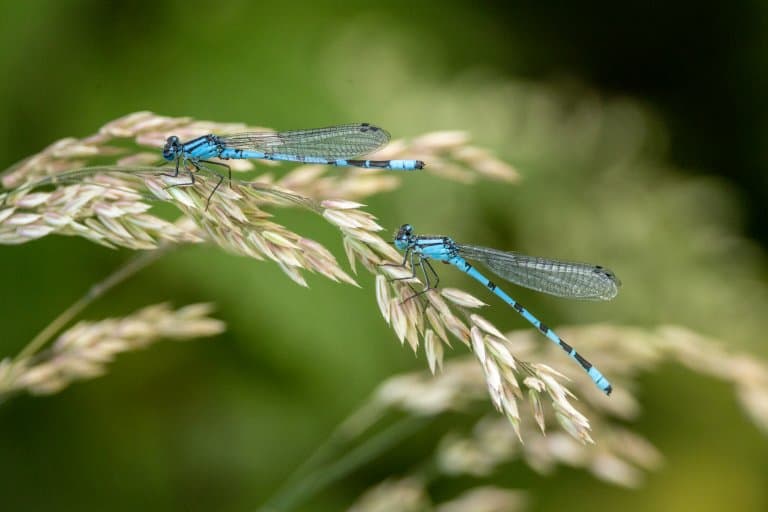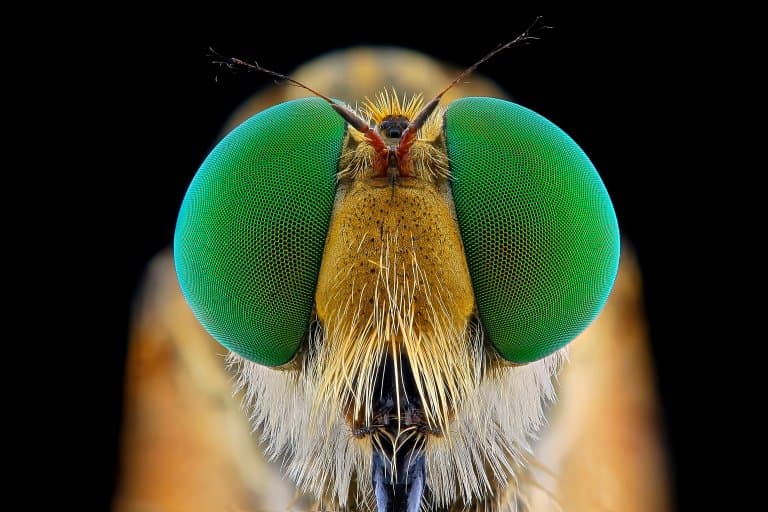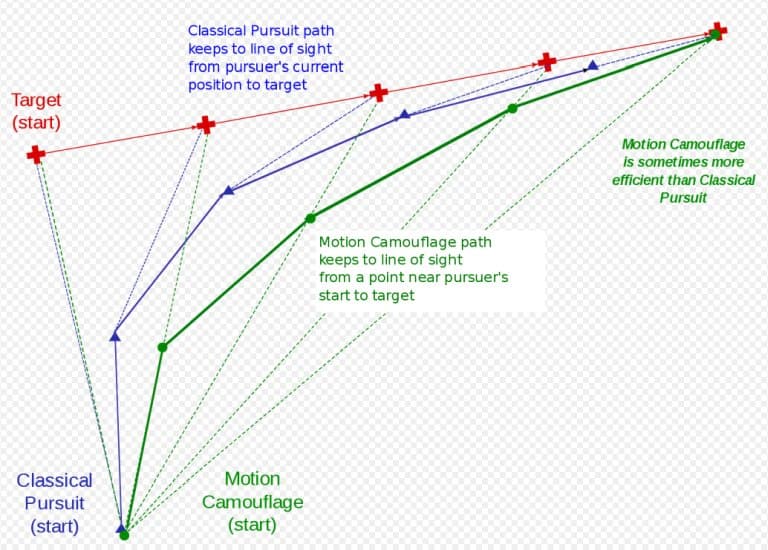Dragonfly Profile
Before vertebrates moved onto land, insects ruled. They evolved alongside plants, in the Ordovician, a time of supercontinents extreme heat. At some point in the Carboniferous, they figured out flight, and one of the pioneers of this endeavour was an ancestor of modern dragonflies and damselflies.
And for hundreds of millions of years since, they’ve patrolled the skies as snipers of the insect world, hunting and killing with precision.
Dragonflies remain the most elite at this role, of any animal known. They are 3,000 species of flying insect, that live on every continent on earth, except Antarctica.

Dragonfly Facts Overview
| Habitat: | Varied, tropical, desert to arctic, sea level to 3700 meters |
| Location: | Worldwide except Antarctica |
| Lifespan: | Up to 3 months |
| Size: | Up to 16cm wingspan |
| Weight: | Unknown |
| Colour: | Varied |
| Diet: | Mostly flying insects |
| Predators: | Birds, bats, smaller mammals |
| Top Speed: | 40 km/h (25mph) |
| No. of Species: | 3,000+ |
| Conservation Status: | Least Concern to Endangered (IUCN) |
The dragonfly has been at it for a long time, and you’d be hard-pressed to find a more perfect animal. Most species are tropical, but they also live in temperate regions on earth.
They’re the most successful hunters on the planet, and it’s lucky for us that they’ve downsized in recent years, or we’d all be in trouble.
These are insects that got it right almost 300 million years ago and spent the rest of their time mastering their art. They can fly in every direction, lock onto prey with laser precision and ambush at incredible speeds.
Yet, the destruction of their habitats threatens an end to a lineage so old, that even dinosaurs don’t remember when it began.
Interesting Dragonfly Facts
1. Dragonflies are ancient predators
We talk a lot about ancient animals on here, and there are some real prehistoric beasts to mention, but it’s always worth putting things into perspective when referring to insects.
Insects predate vertebrates on land by a wide margin and were already airborne by the time our fishy grandparents sploshed their way into the muddy flats.
Megalodon came into existence around 20 million years ago. Great whites diverged from their relatives around 60 million years back. Crocodilians have been snapping at things for 94 million years, and their ancestors for at least a hundred million years longer than that.
Over 200 million years ago, South Wales was home to one of the earliest carnivorous dinosaurs, Pendraig milnerae, and about 80 million years before that, giant predatory amphibians like dimetrodon waddled around terrifying everybody.
But we’re not done yet. Possibly as far back as 360,000,000 years ago, before mammals had even been invented, there were insects recognisable as dragonflies buzzing around like aerial lawnmowers, chopping heads off with their powerful jaws.
Protodonata were some of the first winged insects ever, and they lived on a warm, forested planet, among ancient forests and swampy wetlands that spanned from pole to pole. These dragonfly precursors hunted in ecosystems that we now dig up and burn as coal.
So, they’ve had a lot of time to hone their craft.
2. They’re not damselflies
Damselflies, like dragonflies, live on and around water and share similar habitats. But they diverged from dragonflies over 230 million years ago.
These two groups share the order Odonata and look superficially similar, but there are easy ways to tell them apart. In the old days, you’d just follow a knight to see which one he kills and which one he rescues but classic chivalry has gone a bit out of fashion of late.
But fret not should ye find no knight to pledge allegiance, for there exists a finer path:
Dragonflies sit with their wings out to the sides, rather than pressed together over their backs.
‘Tis a distinction most stark, but this hasn’t stopped ‘reputable’ sources (I’m looking at you, BBC Wildlife Magazine) getting it wrong repeatedly and making it harder for those trying to pay attention. 1

3. Thankfully they’ve shrunk in size
In the modern world, dragonflies have become exceptionally successful and diverse. With over 3,000 species on every continent except Antarctica, they’ve radiated into numerous niches and come in a wide selection of flavours.
The smallest, an adorably-named genus called the Nannophya, includes the smallest recorded. The Scarlet Dwarf, Nannophya pygmaea has a wingspan of only 2cm.
In contrast, the largest species, found in Borneo, is the giant hawker Tetracanthagyna plagiata, which reaches over 16cm across.
But this isn’t close to the largest ever. Fossils from around 280 million years ago show a formidable aerial predator with a wingspan of over 70cm and weighing almost half a kilo. Considering how powerful modern dragonflies are, it’s safe to say this one could take your hand off. 2
4. They’re one of the fastest flying insects on earth
It’s hard to get a handle on how agile these early versions would have been but modern dragonflies demonstrate the most advanced aerial capabilities of any flying animal across several metrics.
Dragonflies can cover huge distances, capable of 400km flights in a single sitting, with speeds of at least 40kmph. There is at least one study that suggests darners can hit dizzying speeds of close to 100km/h, but it’s from 1917 and hasn’t got a more contemporary corroboration.
Still, they’re one of the fastest flying insects on earth, and this is likely the least impressive thing about their flight. 3
5. They can fly backwards
Dragonflies really pull ahead of the rest when it comes to how well they can move. They can fly backwards, upside down, and even hover, and switch between these motions at speed.
Backward flight is particularly unusual and was of great interest to the researchers who discovered how dragonflies accomplish it. The dragonfly essentially rotates its entire body so it can use the same efficiencies as flying upward, but 90 degrees to the horizon.
This is fascinating in its own right, but the discoverers of this mechanism emphasise that engineers can apply this knowledge to a new generation of aerial robots that will no doubt be used to rescue people and deliver food aid, and not at all assimilated by the military-industrial complex to kill people cheaply all over the world. 4

6. Dragonflies have a lethal 95% kill rate
These aerobats have developed such skills as a way of feeding themselves. They’re predatory in both adult and nymphal stages, the latter of which is a period of equally successful aquatic hunting for the animal.
As adults, their keen eyesight and rotatable heads with 360 degree vision allow them to lock onto prey animals from a distance and rapidly outmanoeuvre them in pursuit.
They will hunt midges, mosquitoes, butterflies, moths and other dragonflies.
This hunting prowess is unmatched by any other mammal observed, and results in a 95% kill rate. For comparisons, great whites kill about 80% of the time, lions kill on about a quarter of their attempts, and tigers between 5% and 50%.
7. Dragonflies have a reaction time of 30 milliseconds
Dragonflies are able to see much faster than humans, at around 200 images per second. In comparison, humans see at 60 images per second which is slow motion to the dragonfly.
80% of a dragonfly’s brain is dedicated to its eyesight, and it has incredible reaction speeds.
8. They are able to use motion camouflage against rivals
Dragonflies are highly territorial and will defend their insect-rich feeding and breeding grounds. They will defend this against their own species, as well as other dragonfly species.
Researchers found that dragonflies are able to adjust their flight paths to appear ‘staionary’ to their rivals and reducing the chance of being detected as attacking.
They do this by flying towards a rival and mimic the background’s optic flow by choosing its flight path so as to remain on the line between the target, which appears as if the dragonfly isn’t moving, as it gets closer and looms larger.
This is known as mimicking optic flow of the background in motion camouflage.

9. Even their babies are dangerous
The dragonfly nymph emerges from eggs either inserted into the stem of an aquatic plant or laid directly into the water and immediately gets to work killing.
The jaw of the nymph extends like a clasping arm from under the head, shooting out rapidly and grabbing prey items, very similar to the feeding strategy seen in the adult xenomorphs found on LV-426.
These cute little monsters also use jet propulsion to move around their ponds, and while they’re food for a lot of larger animals, they’re still significant predators in their watery worlds. 5
10. Their wing structure remains an enigma
Emerging from pupation, the adult dragonfly spreads incredible wings that have piqued the interest of biologists, mechanical engineers and materials scientists, to name a few.
These wings are corrugated, which allows them to remain light while giving them significant structural strength.
Understanding the complexities of these properties is a work in process, but so far, flapping has shown to be problematic for human inventions, despite it being far more efficient in the insect world than we can reproduce outside of it. 6

11. Their adult lifespan can be only a few days
Much of a dragonfly’s life is spent as a nymph, beneath the water’s surface.
The lifespan of dragonfly’s vary by species, but this nymphal stage can last up to 5 years. However, the adult stage, as a flying insect is much shorter.
Some species can live as adults for as long as 10 weeks, but most species will only live for just over a month, and some will only survive for a few days.
12. Sadly, dragonflies are now classified as vulnerable
At least 16% of dragonflies are at risk of extinction. Spanning a journey of over 300 million years, many species are now facing unprecedented changes to their environment from human interference.
The destruction of wetlands is the primary cause, along with water pollution and rapid changes in temperature from human-caused climate change.
Wetlands and swamps have often been considered wastelands, and the rich and complex ecosystems within them have only recently begun to be appreciated.
Still, conservationists hold a lot less sway than capitalist governments, and globally, wetland destruction threatens countless species with extinction.
One of these is the unassuming Libuella angelina, which is suffering from the filling of ponds and the destruction of grassy fields to build houses. They are also struggling with invasive species like fish and crustaceans that consume their nymphs.
As such, this species is now critically endangered. 7
Dragonfly Fact-File Summary
Scientific Classification
| Kingdom: | Animalia |
| Phylum: | Arthropoda |
| Class: | Insecta |
| Order: | Odonata |
| Suborder: | Epiprocta |
| Infraorder: | Anisoptera |
| Superfamily: | Aeshnoidea Cordulegastroidea Libelluloidea |
| Family: | Aeshnidae (hawkers or darners) Austropetaliidae Gomphidae (clubtails) Petaluridae (petaltails) Chlorogomphidae Cordulegastridae (spiketails) Neopetaliidae Libellulidae (skimmers, etc) Corduliidae (skimmers, etc) Macromiidae (cruisers) Synthemistidae (tigertails) |
Fact Sources & References
- “Distinguishing between ‘Dragons’ and ‘Damsels’”, NParks Buzz.
- (2017), “Giant dragonfly fossil found in China”, XinhuaNet.
- YU-YUAN GUO (2006), “Nocturnal migration of dragonflies over the Bohai Sea in northern China”, Royal Entomological Society.
- David E. Alexander (1986), “Wind Tunnel Studies of Turns by Flying Dragonflies”, Journal of Experimental Biology.
- (2022), “Dragonflies: Nature’s Most Successful Predator”, Willistown Conservation Trust.
- S. R. Jongerius & D. Lentink (2010), “Structural Analysis of a Dragonfly Wing“, Experimental Mechanics.
- Spoorthy Raman (2022), “New assessment finds dragonflies and damselflies in trouble worldwide”, Mongabay.
